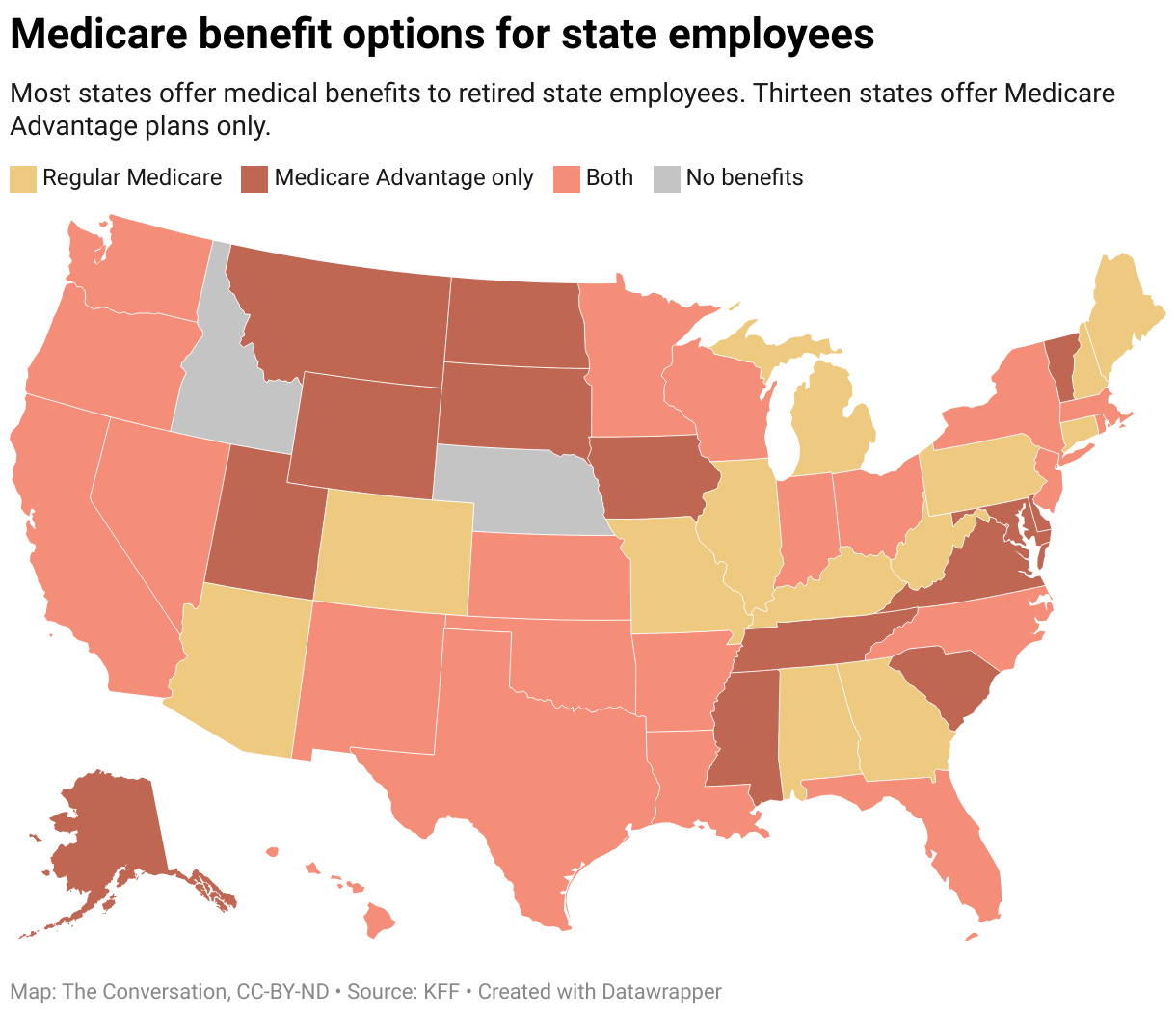Navigating the complex world of health insurance doesn’t have to be daunting. This comprehensive Glossary provides clear, straightforward definitions of key terms you’re likely to encounter.
From understanding the role of agents to grasping different cost structures like copayments, coinsurance, and deductibles, this glossary provides knowledge to help you make informed decisions when searching for health coverage.
28 Common Terms You’ll Likely See in Health Insurance
- Agent (broker): A licensed individual or entity helping consumers select and enroll in health insurance plans. They’re typically paid a commission percentage by the insurance companies they represent.
- Affordable Care Act (ACA): Landmark health reform legislation passed in 2010, aiming to increase health insurance quality and affordability, lower the uninsured rate, and reduce healthcare costs.
- Coinsurance: The percentage of costs a patient pays for a covered health care service after the deductible has been met.
- Copayment: A fixed amount one pays for a covered health care service, usually when receiving the service.
- Dependent: An individual, typically a spouse or child, covered by a primary insured person’s health insurance plan.
- Deductible: The amount one pays for covered health care services before the insurance company starts to pay.
- Federal poverty level (FPL): A measure of income level issued annually by the Department of Health and Human Services (HHS), used to determine eligibility for specific programs and financial benefits.
- Health Insurance Marketplace: Federal and state organizations that collectively form an “exchange” of health insurance plans that can be federally subsidized to provide policyholders with more affordable monthly rates.
- High Deductible Health Plan (HDHP): A plan with a higher deductible than a traditional insurance plan. Usually, the monthly premium is lower, but one pays more health care costs.
- Health Maintenance Organization (HMO): A type of health insurance plan that usually limits coverage to care from doctors who work for or contract with the HMO.
- In-network coinsurance: The percentage of costs one pays for covered health care services within the provider network.
- In-network copayment: A fixed amount one pays for covered health care services from providers within the network.
- Medical underwriting: A process insurance companies use to determine a person’s health status when applying for health insurance coverage
- Marketplace: An online organization operated by the federal or state governments where one can shop for, compare, and buy health insurance.
- Medicaid: A state program that receives federal dollars to provide health coverage to eligible low-income adults, children, pregnant women, elderly adults, and people with disabilities.
- Network: The facilities, providers, and suppliers your health insurer has contracted with to provide health care services.
- Obamacare: Colloquial term for the Affordable Care Act (ACA), a comprehensive healthcare reform signed into law by President Obama in 2010.
- Open Enrollment Period: The yearly period when people can enroll in a health insurance plan. Outside this period, one needs a special circumstance to qualify for enrollment. This period is November 1 – January 15 annually.
- Out-of-network coinsurance: The percentage of costs one pays for covered health care services outside the provider network.
- Out-of-pocket maximum/limit: The most you must pay for covered services in a plan year. After spending this amount on deductibles, copayments, and coinsurance, your health insurance company pays 100% of the costs of covered benefits.
- Out-of-pocket costs: Expenses for medical care that aren’t the responsibility of the insurance company. Includes deductibles, coinsurance, and copayments for covered services plus all costs for services that aren’t covered.
- Out-of-network copayment: A fixed amount one pays for covered healthcare services from providers outside the network.
- Pre-existing condition: A health problem, like asthma, diabetes, or cancer, that you had before the date that new health coverage starts.
- Preferred Provider Organization (PPO): A type of health plan that contracts with medical providers, such as hospitals and doctors, to create a network of participating providers. You pay less if you use providers in the plan’s network.
- Premium: The amount that must be paid for your health insurance or plan. You and/or your employer usually pay it monthly.
- Premium tax credit: A tax credit designed to help eligible individuals and families with low or moderate income afford health insurance purchased through the Health Insurance Marketplace.
- Qualifying Life Events (QLE): Certain life events allow you to enroll in health insurance outside the Open Enrollment Period.
- Subsidy: Financial assistance that helps you pay for something. With a health insurance policy, it’s “financial assistance” that lowers your monthly cost for health insurance coverage.




